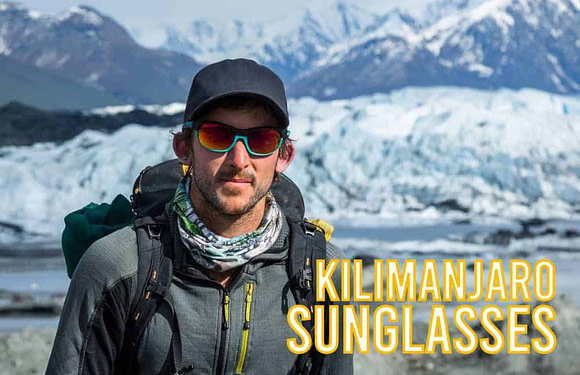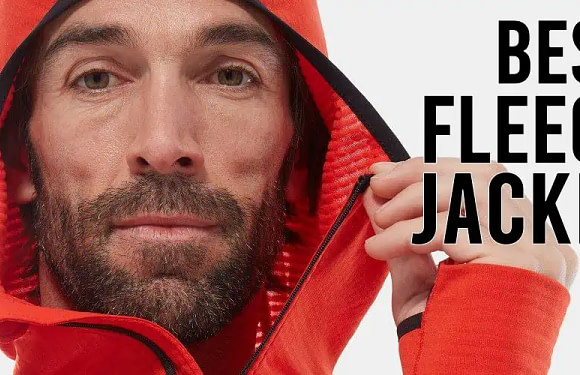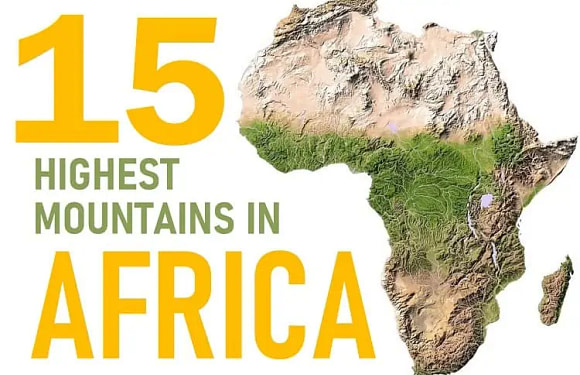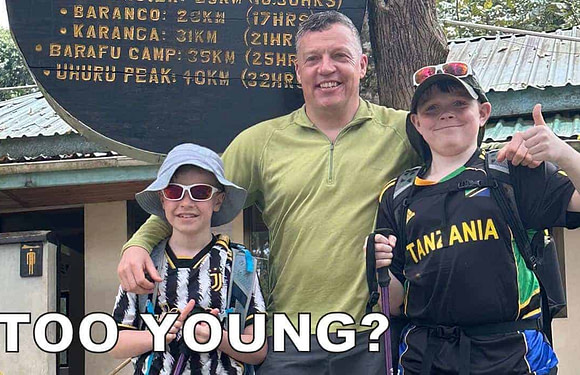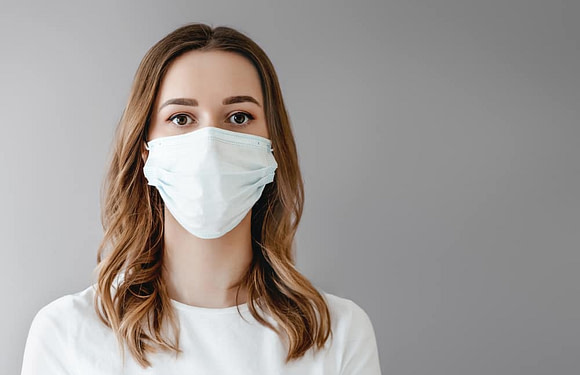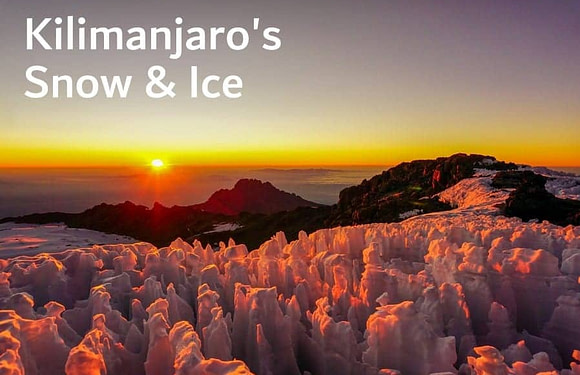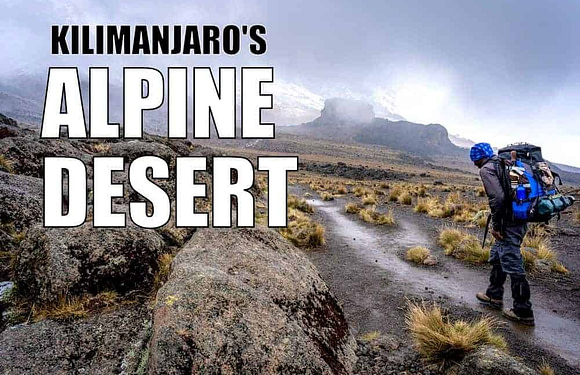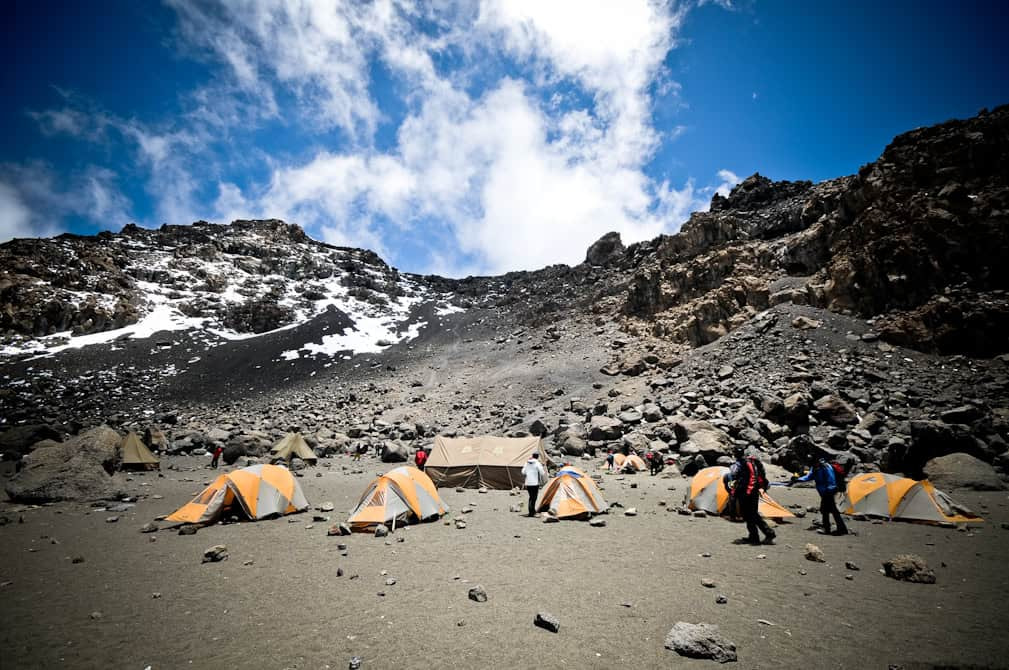
Where is Crater Camp?
Crater Camp is a campsite that is located near the summit of Mount Kilimanjaro.
Located at around 18,800 feet above sea level, it is very close to the summit Uhuru Peak which lies at 19,340 feet above sea level. The campsite sits in between Uhuru and the Furtwangler Glacier. Climbers who stay here have the opportunity to sleep next to the disappearing glacier.
Which Routes Use Crater Camp?
We lead climbers on Crater Camp variations of the Lemosho Route and Northern Circuit routes. However, we only do so sparingly. Sleeping at such a high altitude is a step up in risk compared to summiting and descending.
Why is Staying at Crater Camp Dangerous?
Crater Camp has an elevation of around 18,800 feet, while the previous night’s altitude is around 15,000 feet in elevation. A gain of almost 4,000 feet is a big jump – too much of an adjustment for most people. The result is that there is a higher likelihood to be stricken by altitude sickness, especially during the evening. And once that occurs, a evacuation from near the top of Kilimanjaro at night, though possible, is a burdensome task.
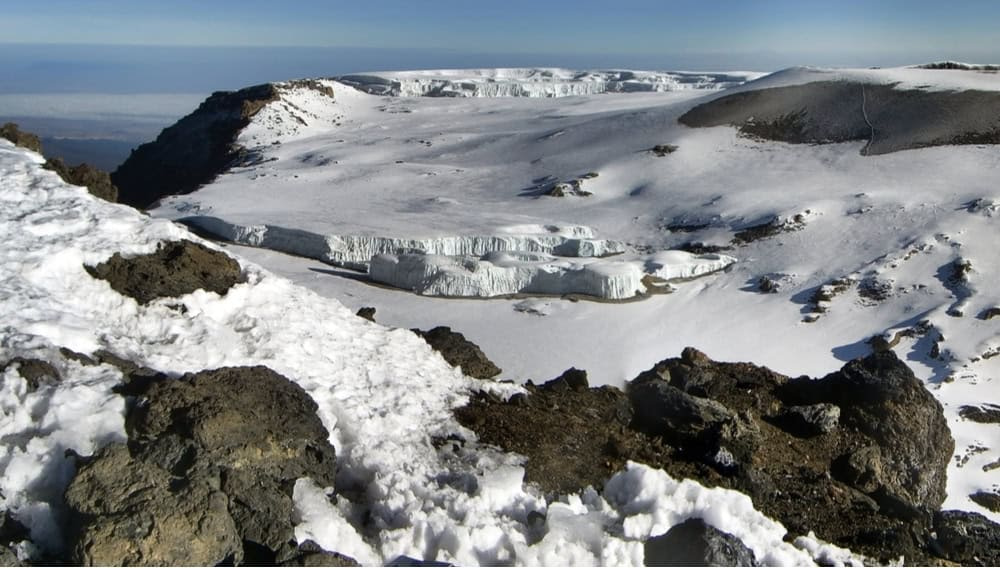
It is far easier on the body to climb from 15,000 feet to the summit (19,340 feet), then descend down to Mweka (10,065 feet). Clients who are affected by altitude sickness on the way up will usually recover very quickly as they descend. That is a stark contrast to what would happen if they were required to sleep at almost 19,000 feet.
How Can I Reduce the Risks of Crater Camp?
Some operators take their clients to Crater Camp on short 6-7 day routes, with sometimes disastrous consequences. Ultimate Kilimanjaro® offers Crater Camp variations only on our longest routes. Additionally, we stay at Crater Camp after we summit. These two variables improve acclimatization and therefore reduce the chance of AMS for our clients.
We monitor all climbers throughout their expeditions with twice daily health checks. Only those who are well acclimatized at high camp (before the summit) will be allowed to stay at Crater Camp.
Because of the increased risk for both clients and staff to stay at Crater Camp, trips using Crater Camp are offered only by special request and are subject to approval by Ultimate Kilimanjaro. We don’t want to discourage you. Crater Camp is a magical place.
What Do Clients Say About Their Crater Camp Experience?
Below is a Trip Advisor review of Crater Camp by one of our customers.
Crater Camp with Ultimate Kilimanjaro
I also snuck a quick look at the Operating Manual the company provides its guides. Very comprehensive with a focus on safety, client satisfaction and staff welfare.
Which Route?
This will depend on personal preference. Faster climbs will use more direct routes which provide less acclimatization and are less scenic routes.
Different operators press different routes via their websites. There is a vast difference in the scenery for the various routes. Some are literally straight ascents through jungle to desert to snowy peak (boring). Our route (Lemosho) was far more interesting and scenic, including the amazing plants of the Barranco Valley, and the chance to scale the Barranco wall. It also took us to the Lava Tower which sits at 4600m, so an excellent acclimatization point on the trek as this is the same elevation as Barafu base camp.
The dodgy, cheapo operators always press the faster routes so they can push through more treks trying for more profits. Faster routes have lower success rates and even if you do summit, you might find it far more difficult or painful with the benefits of acclimatization other routes provide.
Crater Camp or Not?
I thought long and hard about this before we booked. There is so much information on the web telling you that Crater Camp will be a painful experience with the impacts of Altitude Sickness and freezing conditions.
Our experience was that Crater Camp was an excellent choice and I would do Crater Camp every time if I ever do Kili again.
The benefits of Crater Camp are that you don’t get up at midnight for your summit attempt, and you don’t have to come straight back down after you summit. We spoke to plenty of people that did the midnight rise (so they see the sunrise) and they complained about the difficulty of night trekking, including the cold before the sun comes up.
Without Crater Camp, you will probably get to camp in the afternoon before the summit after a tiring day, quickly have dinner, then try and sleep for 6 hours before rising at midnight for your summit. Then you get to trek in the dark and cold to the top, along with about 100-150 other souls intent on seeing the sunrise. Once you’re there, a few happy snaps then turn around 10 minutes later to walk back down. We saw plenty of people who needed assistance to get back down as they had nothing left in the tank for the 2-4 hour descent (depending on which camp you are sleeping at).
Compare that misery to Crater Camp. You get a leisurely sleep-in, and maybe leave camp around 8am. This means you are well-rested from whatever walking you did the day before. You will ascend without all the traffic from the night. You will summit in peace and probably have the peak to yourself! After summiting, you can then rest easy in your tent, or maybe visit the crater in the afternoon. After a night’s rest, you then descend. We viewed the crater the morning before our descent.
My son is 24 and I am 52 and we did not suffer any major discomfort at Crater Camp, apart from a mild headache on arrival which I put down to the effort expended in getting over the top of Stella Point on the way to the summit. We both slept well in our warm sleeping bags (we were wearing two thermal layers as well).
My oxygen saturation dropped to 65% at one point immediately after our summit, but some deep breathing exercises I trained for in advance got that under control and I quickly returned to 85% oxygen saturation and heart rate of 78 bpm. The training I did with an altitude mask really paid off.
The other interesting thing about staying at Crater Camp is that it’s an opportunity for your porters to summit as normally only the guides summit with the clients. We had three porters who have been supporting trekkers for years and it was their first summit – a very cool experience for them and for us!
Food on the Trek?
You will be overfed by your trek company (if they are any good). We were given enough food for 4 people at most meals as they want to make sure you eat and drink to combat Altitude Sickness. The food provided will generally be simple, but tasty and plentiful. Some days you will get a cooked lunch as well, and sometimes you might get a pack lunch if it’s a long walking day.
You don’t need to take mountains of food. Take energy bars or muesli bars and plenty of hydrolyte. We found we only ate the bars if you wanted something in the middle of the night, or the occasional afternoon snack. The hydrolytes are essential to aid your body to absorb water. We used camel backs and took two extra water bottles. I think the most liquid I drank in a day was 8 litres but generally more likely to be around 5 litres.
What Training and Fitness is Required?
I trained very hard for the Kili trip. It is not easy so lose the extra kilos. Start training at least 3 months out. I mainly used a treadmill and Iron Edge altitude mask and walked maybe 2-3 hours a day at 5.5km per hour, with at least 1 hour at maximum incline. Make sure you spend at least some of your training wearing your hiking boots and even a pack with maybe 5-7 kg.
A little jogging is good as well and you should be able to run at least 2.5 kms in 15 minutes. I also recommend the beep test as a way of getting fit and aiding fast recovery.
One thing I would add to my training regime for next time is to train for coming down. You spend 2 days walking down about 22 km with a 30 degree decline. We had very sore thighs for days after descending.
Is it Difficult?
Don’t be fooled, this trek is hard. One day with a bad stomach or one twisted ankle or a cut forehead after a fall can make it even harder. If something like that occurs (I had a bad stomach for two days) then it becomes mentally very tough. There is no stopping for one extra day if you are feeling off. You either keep going up or you go down! Summit day is very hard getting over the top of Stella Point.
Summiting Kili will be one of the hardest things you ever do, but also one of the most memorable with an amazing sense of achievement.
If you are interested in staying at Crater Camp, please contact us to arrange your climb.



















































